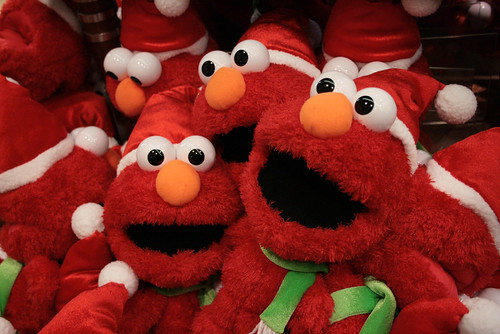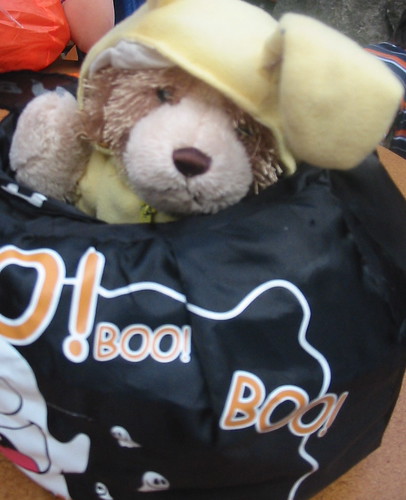
Walt Bogdanich of the New York Times has written a number of fascinating articles on counterfeit drugs, and their fatal effects. Just today, his article string 'A Toxic Pipeline,' was updated with an informative piece on exactly how difficult it can be to trace phony medication back to the production line.
Free trade zones can be a very good thing for the global economy, and help products move quicker from one nation to another. But, as Bogdanich points out, they also hide the provenance of fake medications, allowing consumers online for instance to believe their pills have come from small processing plants in the US or Canada when they may have originated in dirty factories in Dubai.
"An examination of [an earlier] case reveals its link to a complex supply chain of fake drugs that ran from China through Hong Kong, the United Arab Emirates, Britain and the Bahamas, ultimately leading to an Internet pharmacy whose American customers believed they were buying medicine from Canada, according to interviews with regulators and drug company investigators in six countries.
The seizure highlights how counterfeit drugs move in a global economy, and why they are so difficult to trace. And it underscores the role played by free trade zones — areas specially designated by a growing number of countries to encourage trade, where tariffs are waived and there is minimal regulatory oversight.
The problem is that counterfeiters use free trade zones to hide — or sanitize — a drug’s provenance, or to make, market or relabel adulterated products, according to anticounterfeiting experts.
“Free trade zones allow counterfeiters to evade the laws of the country because often times the regulations are lax in these zones,” said Ilisa Bernstein, director of pharmacy affairs at the United States Food and Drug Administration. “This is where some of the Internet sellers work,” she added." [Read full story here]
Some consumers purchase drugs on the internet knowing that their country of origin might be questionable, but trusting that the goods are safe. Experts would implore these consumers to understand the health hazards of such a move. Take a recent example of counterfeit pills seized in a free trade zone next to Dubai's main airport. The bundles contained half a million fake Plavix pills, blood-thinning medication made by Sanofi-Aventis.
Some of the medication was little more than cement powder, a Dubai government official said at the time.
Photo Credit





